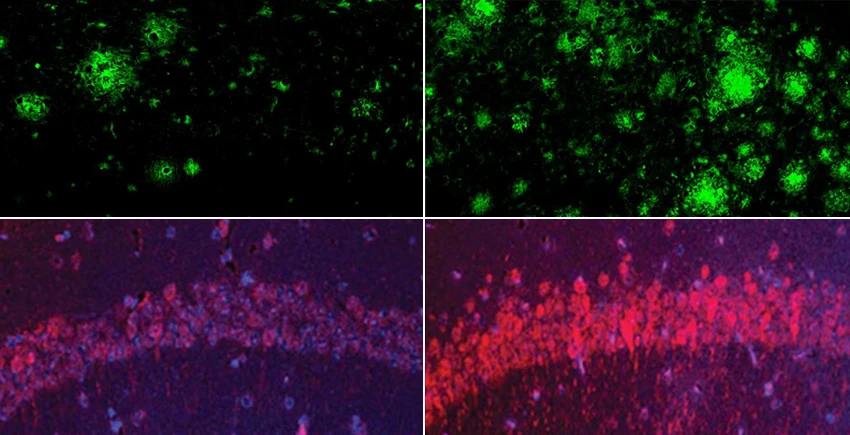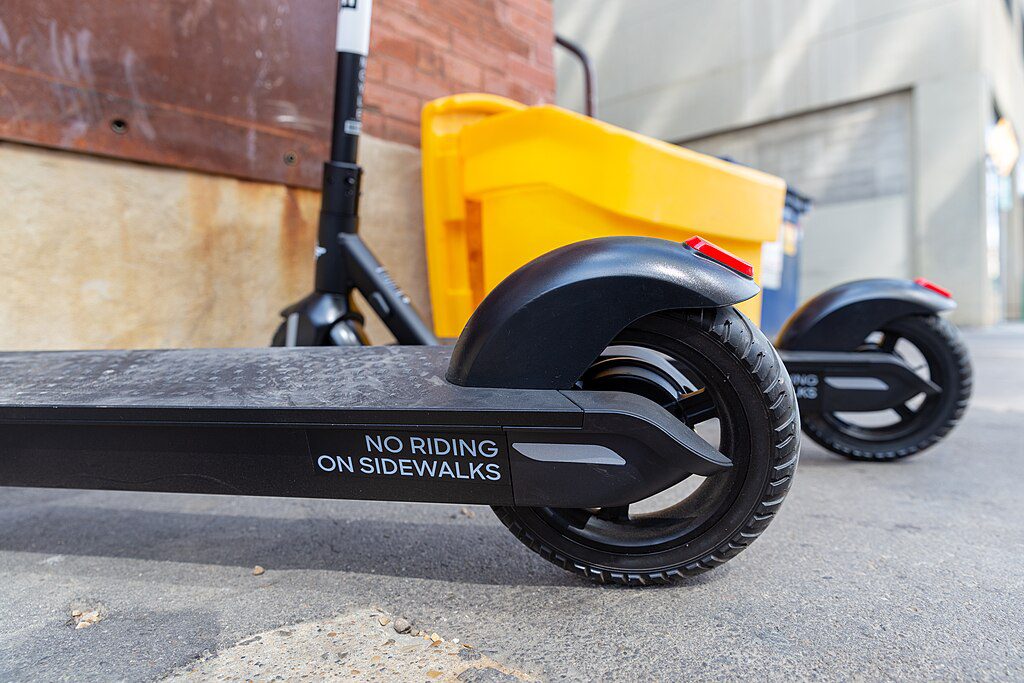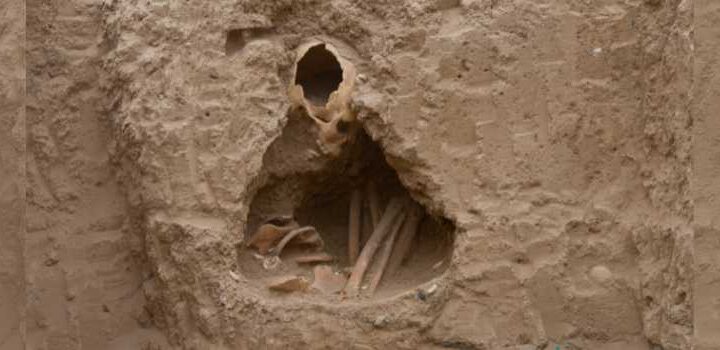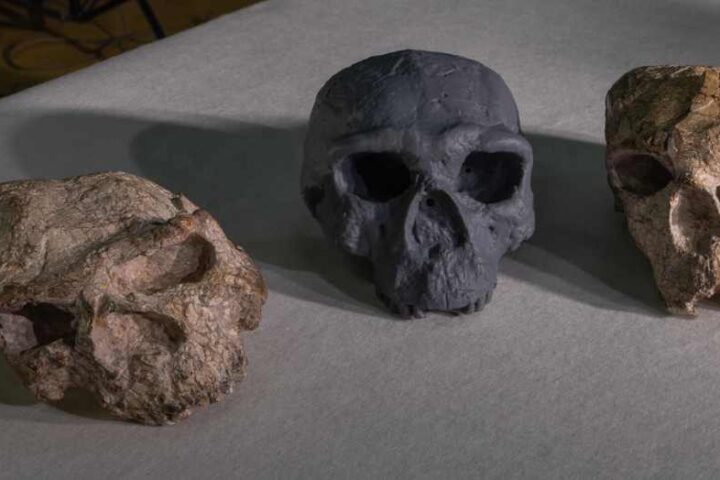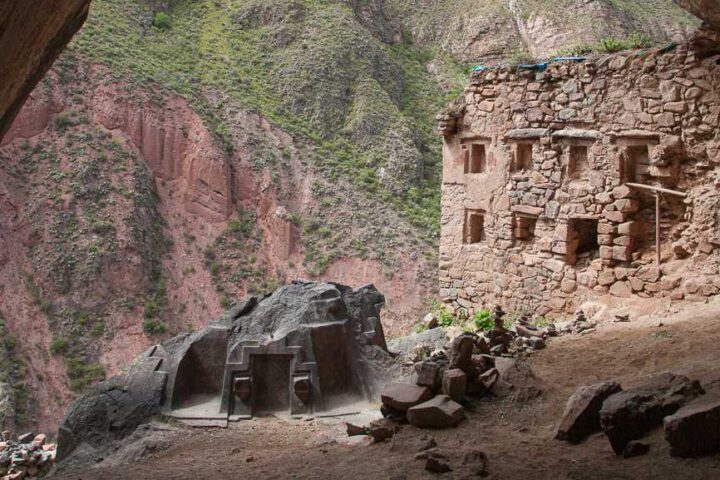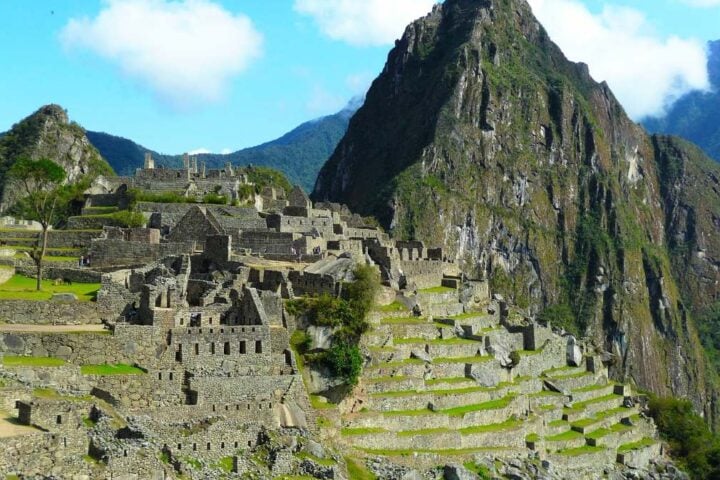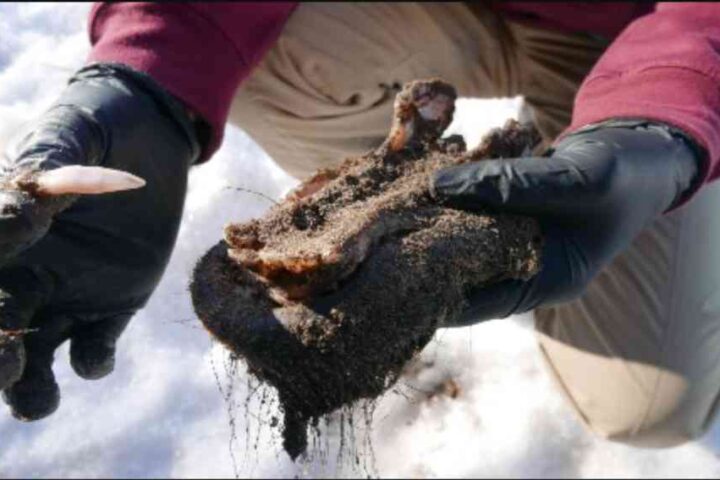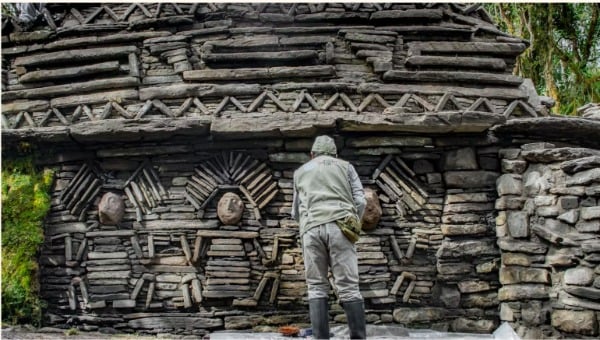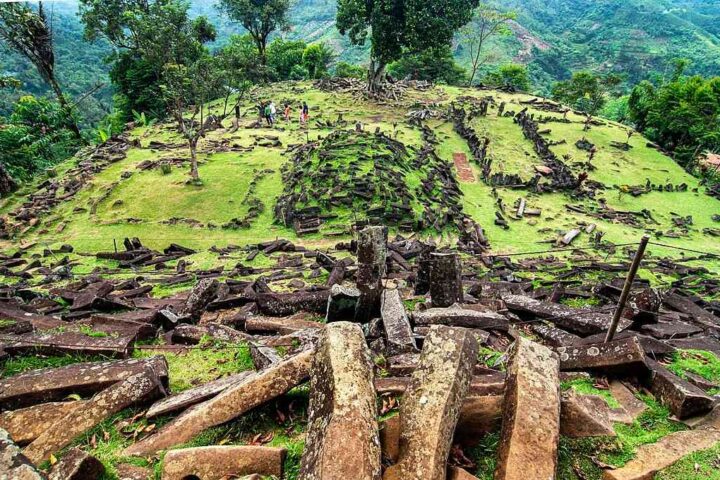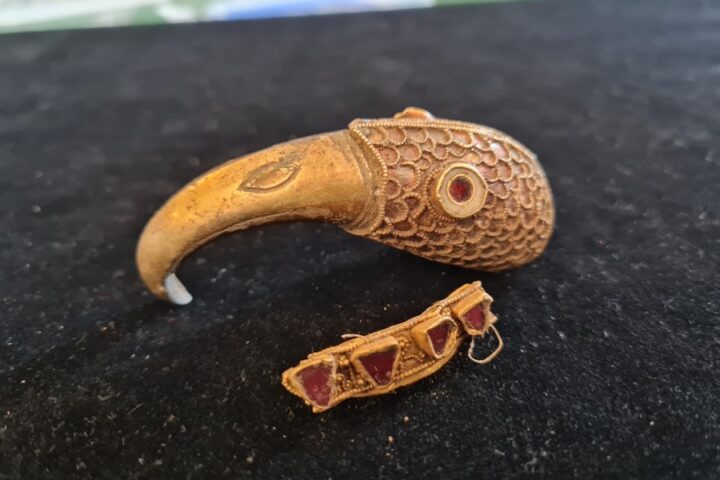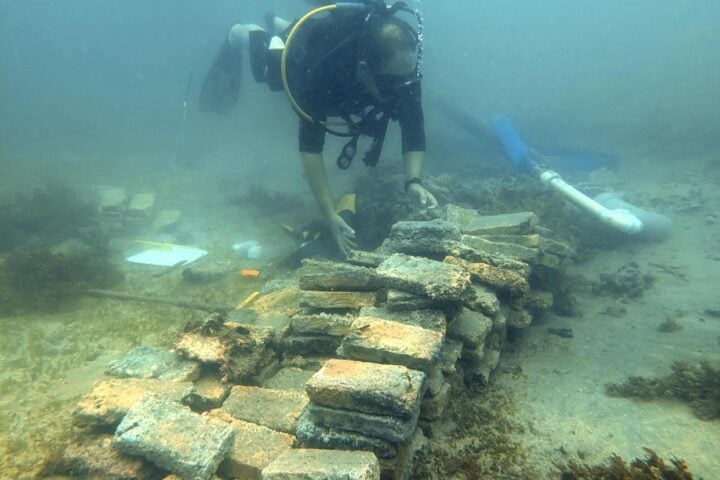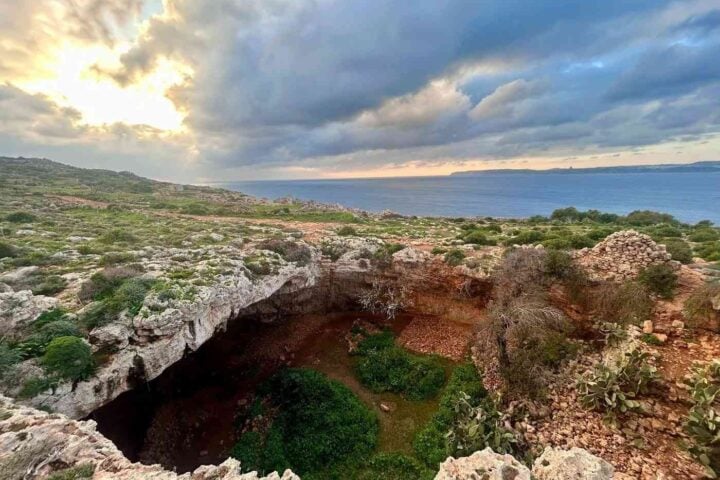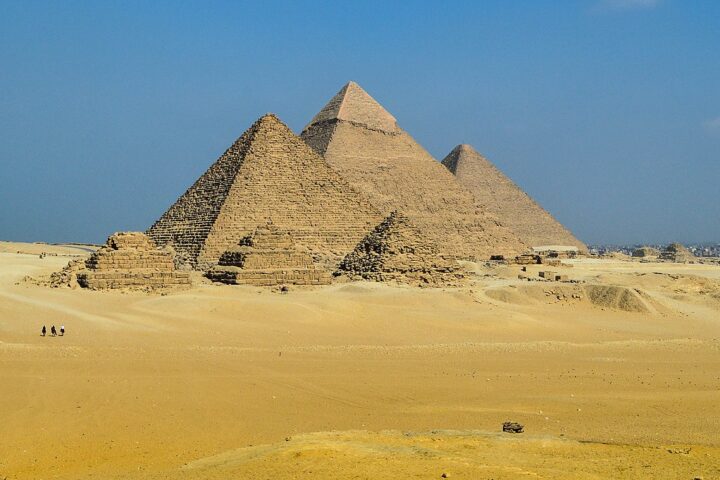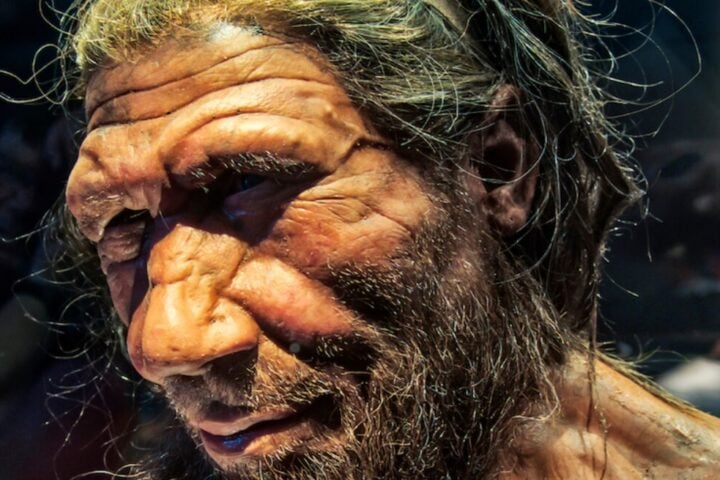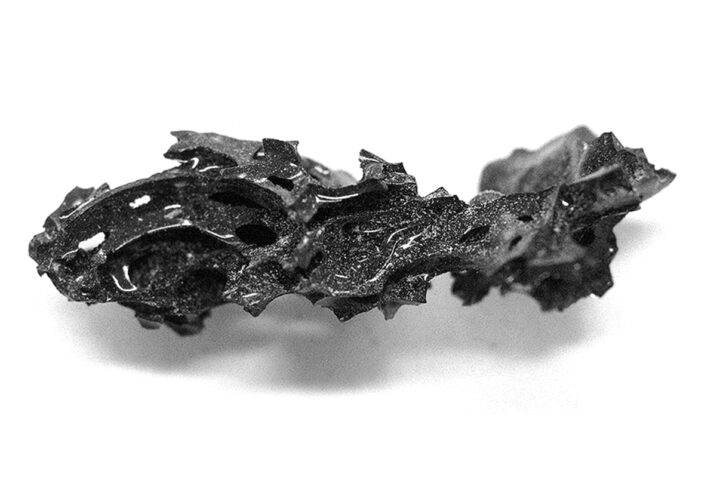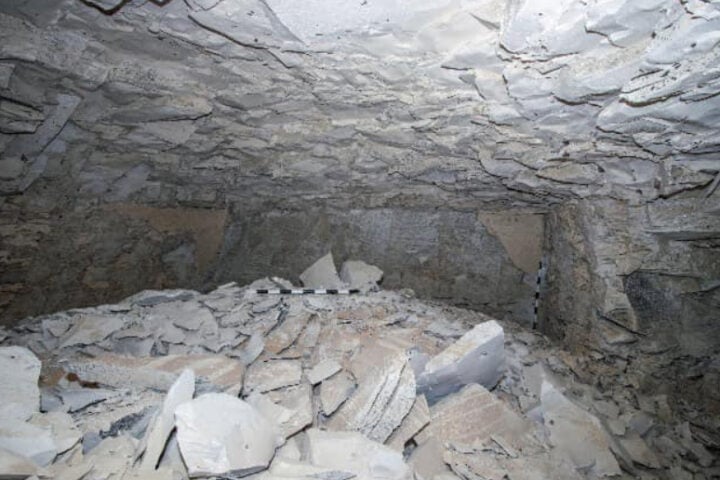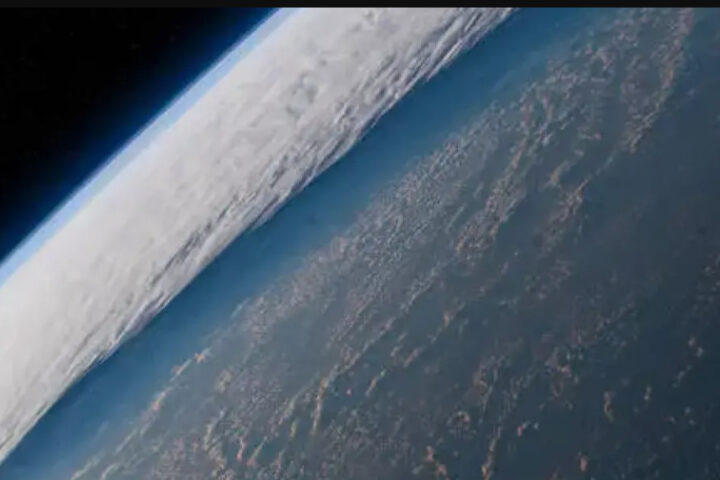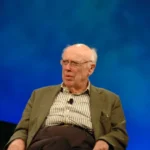Million‑Year‑Old Skull Pushes Human Origins Back 400,000 Years
The Yunxian 2 cranium from central China is placed in the longi (Denisovan‑linked) group; divergence among major human lineages is placed beyond one million years.
Yunxian 2 was unearthed in Hubei Province in 1990. The crushed cranium was digitally reconstructed by a team including researchers from Fudan University, the Chinese Academy of Sciences, and Prof Chris Stringer of London’s Natural History Museum. The analysis groups Yunxian 2 with the longi clade and connects it to the Denisovans. The work estimates earlier branching among Homo sapiens, Denisovans, and Neanderthals, exceeding one million years.
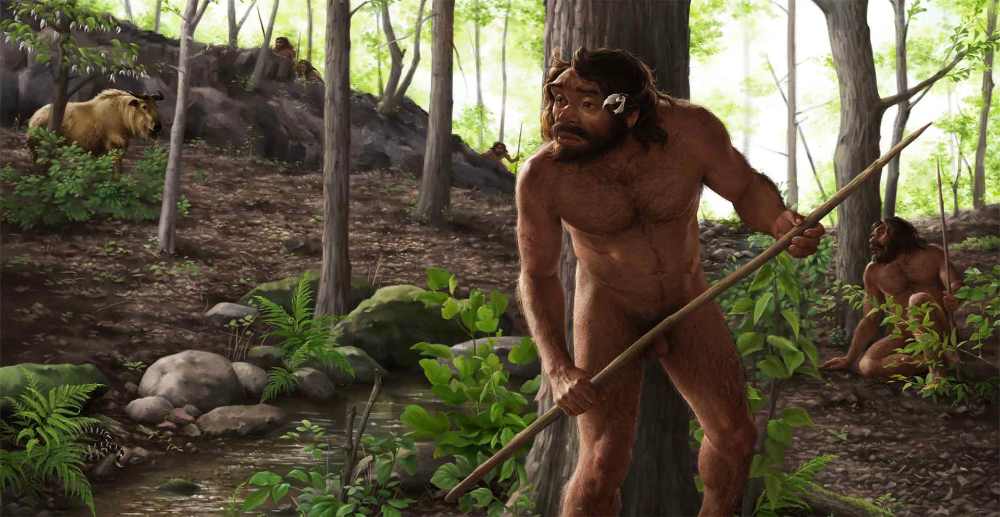
Old Bones, New Secrets
The skull known as Yunxian 2 was originally assumed to be Homo erectus. Using CT scanning and virtual reconstruction, the team restored its shape and compared it with more than 100 fossils. The resulting pattern places the fossil outside classic erectus.
From the very beginning, when we got the result, we thought it was unbelievable… we tested it again and again… and we are now confident about the result.
— Prof Xijun Ni (Fudan University)
Classification used for comparisons
For the last ~800,000 years, most large‑brained humans in the dataset were grouped into five branches for analysis: Asian H. erectus, H. heidelbergensis, H. neanderthalensis, the H. longi group (linked with Denisovans), and H. sapiens.
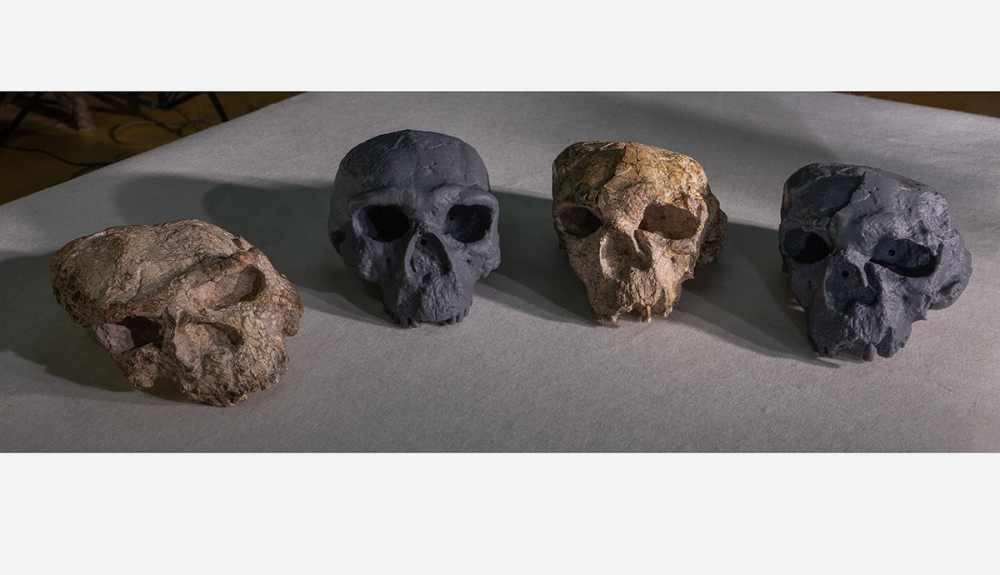
A Family Split Placed Earlier
The analysis estimates branching deeper in time than previous 500–700k year ranges, placing key splits more than one million years ago. A Denisovan/modern human common ancestor is estimated around 1.32 million years, with the Neanderthal branch older, around 1.38 million years.
In parallel, the Yunxian 2 cranium clusters with the longi clade, which is linked to Denisovan material.
Interactive: Divergence quick‑view
Adjust to see the reported split
Site region
Sequence at a glance
Our research reveals that Yunxian 2 is not Homo erectus, but an early member of the longi clade and linked to the Denisovans… by one million years ago, ancestors had already split into distinct groups.
— Prof Chris Stringer (Natural History Museum)
Scientific Skepticism
External experts note the reconstruction appears robust while discussing the timing estimates. One view is that H. longi/Denisovan and H. sapiens may look more similar to each other than to Neanderthals; the time frames will continue to be reviewed as additional fossils are included.
The Puzzle Continues
Professor Stringer anticipates skepticism and plans to extend the analysis to include more fossil data, particularly from Africa, to refine the picture. “When I began working in human evolution over fifty years ago, the East Asian record was either marginalized, or its fossils were only ever considered as direct ancestors of recent East Asians,” he noted. “But what we now see from Yunxian – and from many other sites – is that East Asia preserves crucial clues to the later stages of human evolution.”
The findings are published in the journal Science, and represent the most comprehensive phylogenetic tree of the genus Homo constructed to date.
As with all major scientific discoveries, this research doesn’t provide all the answers – but it certainly changes the questions we’re asking about our own origins.
